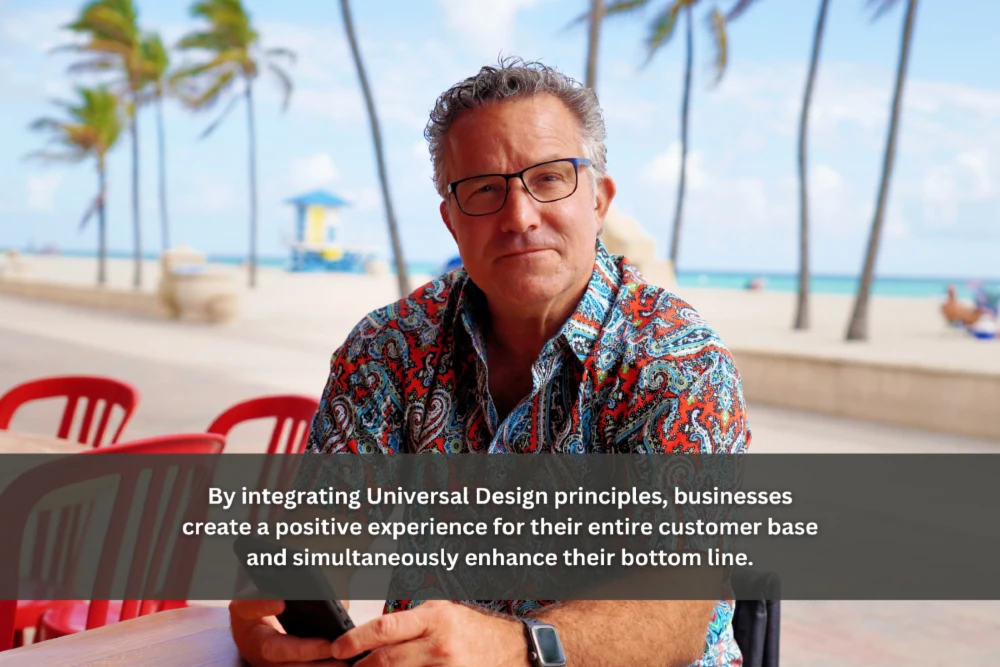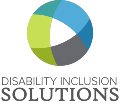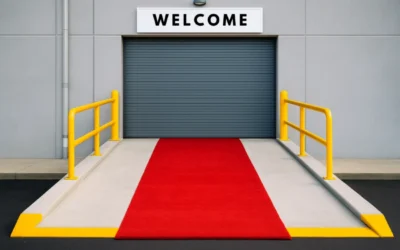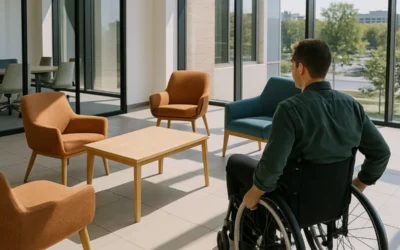
Whenever I take on a Universal Design project, I often recommend a simple step: a stakeholder survey. It’s not glamorous, but it’s both engaging and revealing. Employees, facilities staff, and managers will tell you exactly where a space helps them, where it slows them down, and where it shuts them out. When clients choose to include this step, that feedback sets the stage for everything that follows.
Without it, you’re just guessing. And guessing is what holds most companies back from doing Universal Design well.
What’s Stopping You?
For some organizations, it’s the belief that ADA compliance is “good enough.” For others, it’s budget pressure, older buildings, or the assumption that Universal Design means higher costs and delays. I hear these concerns all the time. The truth is, none of them are deal-breakers. With the right approach, they can all be addressed — and the result is a workplace that’s safer, more usable, and more competitive.
More Than Compliance
Compliance is important — it keeps you legal. But it’s the starting line, not the finish. Universal Design goes further. It draws from international best practices to create environments that reduce safety risks, improve usability, and strengthen your ability to attract and retain talent. Over the years, I’ve seen companies in 29 countries benefit from applying these principles in offices, labs, warehouses, and manufacturing sites. Universal Design goes beyond accessibility to design for all.
Certification and Beyond
The Global Universal Design Commission (GUDC) certification is an important milestone, and many companies pursue it. But certification isn’t the goal in itself. It’s a checkpoint along the way. What really matters is whether your space functions for the people who use it every day.
Built With, Not For
The best solutions come from listening. When clients want stakeholder input included, I make sure the voices of the people on the ground are part of the process — the employees who navigate the space, the facilities teams who maintain it, the leaders who depend on it. My own experience as a wheelchair user shapes how I look at a space, but it’s the combination of perspectives that makes the solutions work.
Working With Your Team
Universal Design doesn’t replace architects or engineers — it strengthens their work. The challenge is making sure the design intent survives budgets, procurement, and value-engineering. When done right, the space that gets built is the one that was planned, and it serves its purpose long after the ribbon is cut.
Measuring What Matters
Universal Design isn’t just a philosophy — it’s measurable. That’s why it’s important to establish a baseline, implement changes, and track outcomes. Fewer safety incidents, smoother wayfinding, improved productivity — these are the kinds of results that prove the investment was worthwhile.
Smarter Retrofits
Most companies aren’t starting with a blank slate. They’re adapting older facilities, often under tight budgets. That’s fine. Your building’s age isn’t the problem. Guesswork is. By focusing on high-impact retrofits, you can create real improvements without taking on a full overhaul.
The Bigger Picture
Universal Design isn’t a one-time project or a box to check. It’s a way of thinking that carries through planning, implementation, and ongoing review. In fact, Universal Design even boosts profitability — through safer environments, a future-orientation, stronger retention, and fewer risks. That’s the kind of result worth aiming for.
Ready to Start?
If you’re looking for a practical way to make Universal Design part of your workplace strategy, I can help you take the next step.




